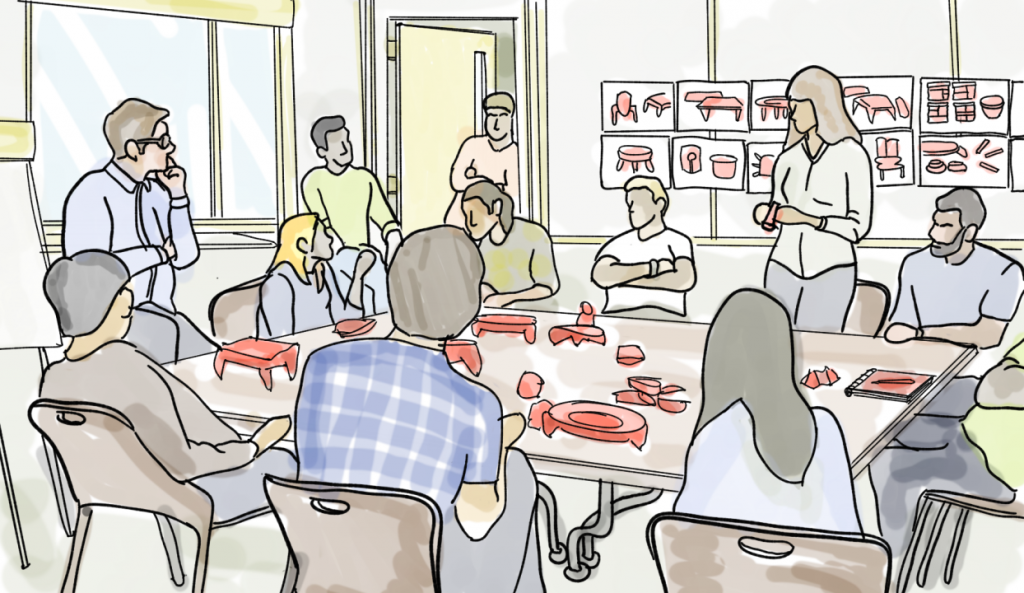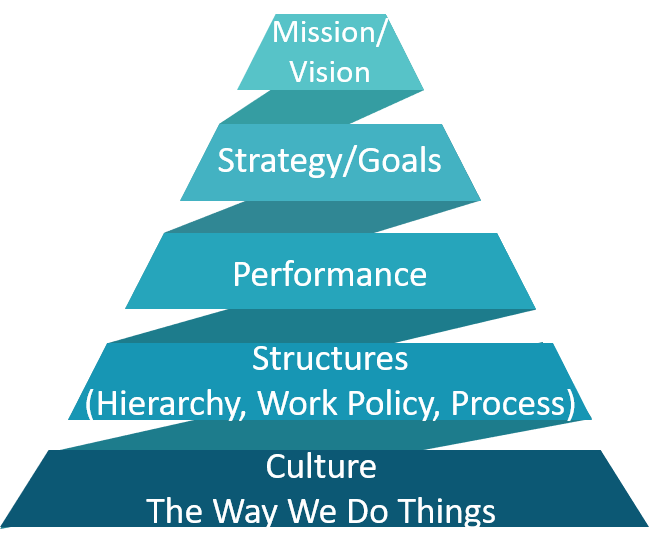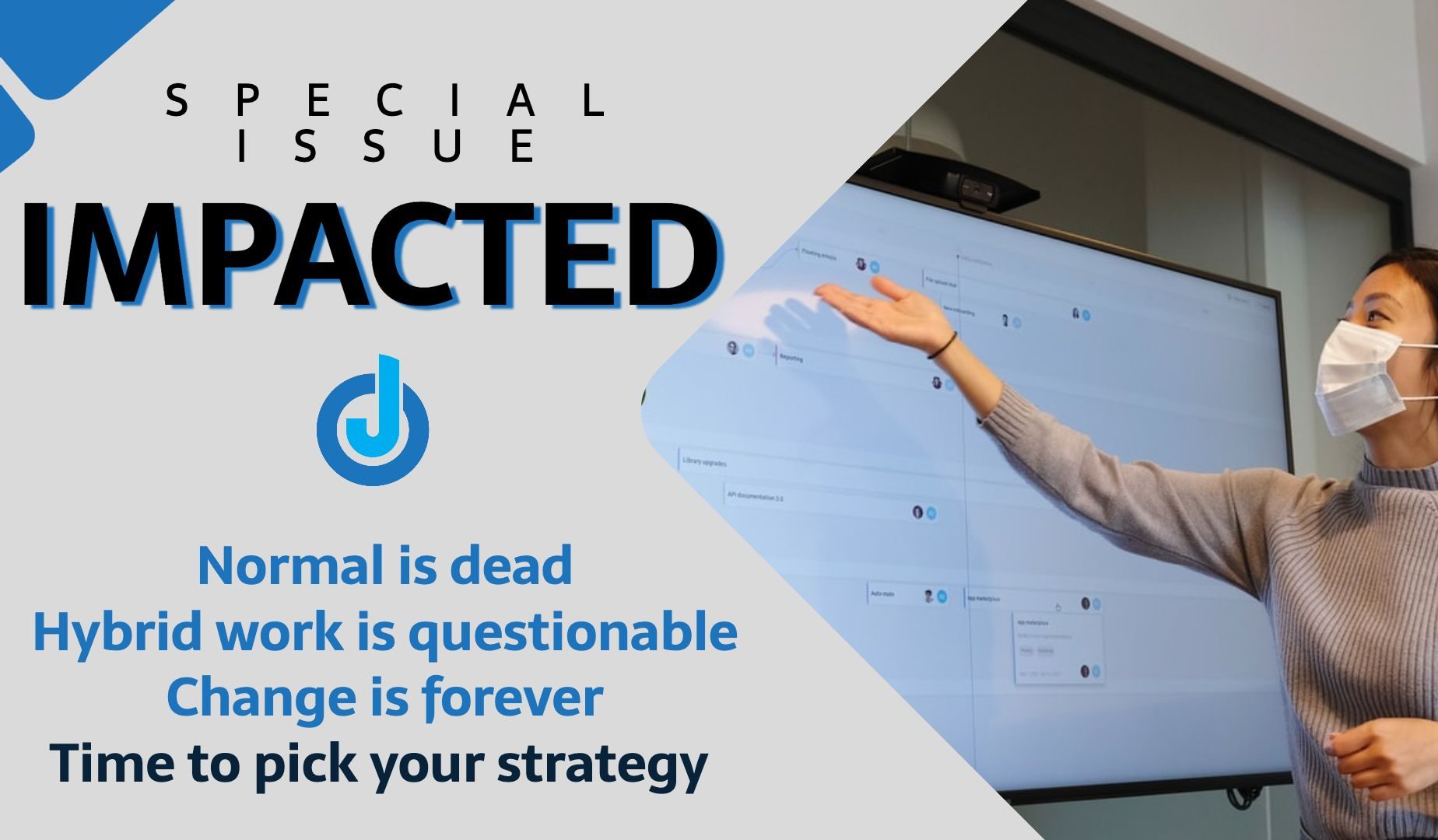Now, where should we work today…
There are several teachers in my extended family and I know all of the reasons why remote learning is a failure for most kids. Both parents and children have been eager for a return to school.
And yet, many employees are not so enthused about going back to the office.
Years ago, one of my clients – Dan – was grappling with a continual stream of reasons to work from home from a few team members. It was excessive. He mandated that a portion of their time must be spent in the building each week – a reasonable hybrid model meant to encourage communication and collaboration. Within a month he had a resignation and a constructive dismissal lawsuit on his hands.
Employees want more flexibility. Scratch that…they want more control. And in a surging job market, they have options.
While we have successfully adapted to remote work, there is no question that communication is enhanced through direct interaction. It generates trust and is a huge expeditor of work. So, what’s the right work model for your employees? More importantly, what should drive your decision?

If You’re Starting with Work Models, You’re Already Wrong
Organizations are not developed to serve employees. They are developed to fulfil a mission and execute a strategy whether it’s to generate cash or serve a particular clientele as a non-profit. Everything else must follow that or we get under-performance and decline.
With strategy defined, now we can consider what produces the best outcomes. Who are the strongest performers? What do they do? Who do they talk to? How do they interact?
Find the Magic
We’ve all heard of the proverbial water cooler scenario. Some of my best insights have come while talking to employees over lunch or during walks. Unstructured spaces foster creativity.
Video calls foster equality (everyone can have a voice), but it’s harder to get excited, run to the board, and draw what you are thinking. Speaking over one another leads to confusion rather than inspiration. For some, quiet solitary spaces offer the right setting for productivity and creativity.
Perhaps you need a bit of both…or something else…

Build the Stage
Airbnb observed an increasing number of longer stays (> 4 weeks) during the pandemic. People are working from many places. A change of environment can be invigorating.
With magic moments in mind, consider how you can foster their continued creation? Do employees need open spaces or privacy booths? Will you get the desired results in person or operating as a network of remote brains?
Give Them a Voice
So far we’ve been talking about mechanics and logistics to serve our strategy. But this is fundamentally about people.
The people matter. People drive performance. No performance, no achievement of goals.
We need psychology. People perform at their best when they have:
- A voice (control)
- A purpose (help, heart, hope)
- A leader that cares about them as a person
If the pandemic taught us one thing, it’s that mental health matters. When I have no control over or connection to my work, I’m likely to leave. Leadership has never been more critical, and we need leaders that know how to listen.
That simple act of listening gives employees a sense of voice (I’ve been heard), purpose (what I say matters), and care (I’m important enough that you take the time to listen). Leaders don’t have to solve every problem, but they do need to know how to point the way.
Is Hybrid the Answer?
Now pull it all together. What performance will best serve your strategy? What employee work arrangements best reproduce the magic?

Working down from mission and strategy to performance and the structures needed to support it while considering people will guide you to the right answer. But don’t expect everyone to love it. In fact, some will hate it. Some will quit.
Remember Dan? His worst prediction came true. The person who resigned took with her years of knowledge that had not been shared – the very type of collaboration he wanted to encourage in the office. The risk he wanted to avoid.
But her leaving opened a space to start again with someone who wanted to work closely with a team. After the initial loss and scramble to cover the work, Dan ended up with no regrets. They were quickly back on track to meet their goals and a unified team.
Employees today are asking for all sorts of accommodations. Don’t dismiss them. Start with strategy and aim for success.



